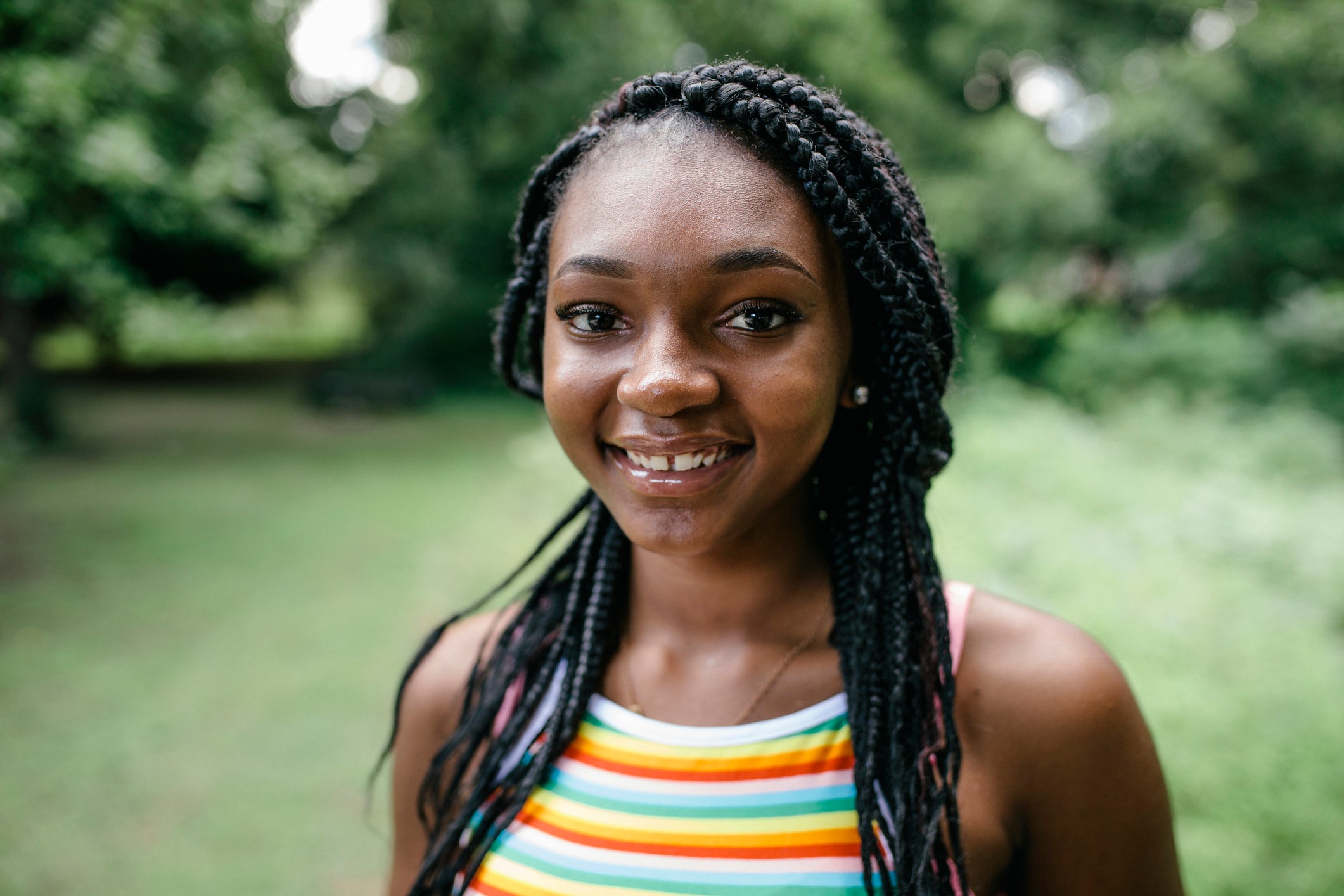Across the nation, freedom-fighting women are ushering in a new era of feminist leadership in the wake of the COVID-19 pandemic and mass unrest following the deaths of George Floyd, Breonna Taylor, and Tony McDade. However, their efforts are severely unsung and underfunded.
In Minneapolis, the site of Floyd’s murder, Kandace Montgomery of Black Visions Collective is rallying their community around alternative solutions to a destructive criminal justice system. Atlanta’s own Toni-Michelle Williams of Solutions Not Punishments Collaborative, is developing the leadership of transgender people of color. And in Alaska, Native Movement’s Enei Begaye is tackling climate change by fending off the drilling efforts of oil companies.
Unfortunately, these organizers and advocates are receiving only a fraction of national philanthropic funding as they transform their communities. At the Ms. Foundation for Women, we’ve known these dynamics have existed for years, but we haven’t had the hard data until now. This month, our Foundation released Pocket Change, a landmark report on philanthropic giving to women and girls of color with a framework on how we can better serve our leaders on the ground.
As a Black woman who has spent over 25 years in the nonprofit and public sector, the findings of the report were no surprise to me. It revealed that women and girls of color-led organizations received just 0.5 percent of all philanthropic giving in 2017. Furthermore, the total investment for all of these organizations comes down to just $5.48 for each individual woman and girl of color across the country. That’s not enough for two gallons of gas or to afford an hour of childcare.
With such limited funding, women of color leaders dock their own pay, sacrifice their own livelihood, and share their personal resources in order to chip away at the systemic inequality and oppression that is baked into the foundation of this country. With Pocket Change, we are making a call to action to institutions and the general public. When it comes to our support we must name our support for women and girls of color, keep track of what the support looks like, and ultimately increase the dollars.
For philanthropic funders, it’s about being vocal and explicit in your support, being mindful of representation and leadership within your organization, and dispersing more resources to women and girls of color. On a personal level, everyone should be creating space for our leadership, holding others accountable for not being invested in their value, and increase the amount of time, energy, and resources needed to build a more anti-racist society.
At Ms. Foundation, we are committed to inspiring collective action around the leadership of women and girls of color. Previously, we were consistent with traditional philanthropic practices by focusing on siloed issue areas like safety, health/reproductive justice, and economic justice. While we still hold these areas at the core of our work, we honor that there is no singular strategy for systemic change. We shifted our practice to acknowledge the totality of the work happening in specific communities on the margins.
Now, we are better able to meet the specific demands of this moment. Just two days after Floyd’s murder we were already on track to announce our Activist Collaboration Fund, supporting organizations led by women and girls of color, including indigenous and transgender women and girls, and to deepen collaborations across movement-building organizations.
As a Black woman in leadership, I have a duty to amplify and trust the voices and expertise of other women and girls. Our voices and experiences are necessary in re-creating a just and equal world where power and possibility are not limited. With past systems not created for us or by us, we are the leaders who will make sure that we are never again left out of the solution or the plan. Additionally, I will continue to urge all who want to be a part of the solution, particularly within institutions, to move away from traditional strategies rooted in white supremacy and misogyny.
Think about what this country could look like if we all take action. We’ve seen what women and girls of color have accomplished with little support and resources. Imagine what they could do if those with power, privilege, and platforms went beyond ineffective social media posts and lip service. We must actually recognize the value of this group and support the visions they have for our future. By investing in them, we are investing in stronger communities, validated voices, and comprehensive democracy. Supporting women and girls of color is not just some flash in the pan action, it must be a life-long commitment for the broader social good.
—
